In modern industrial production, nitrogen has been widely applied in industries such as petrochemicals, metallurgy, electronics, and healthcare. Pressure Swing Adsorption (PSA) nitrogen generation technology has become the most common method for producing nitrogen. This article will detail the startup and shutdown procedures for a PSA nitrogen generation system. By following these standardized procedures, users can maximize the stability and safety of the equipment, ensuring the continuous and high-purity output of nitrogen.
PSA Nitrogen Generation System Startup and Shutdown Procedures:During startup, system checks, air source pre-treatment, purification system activation, and pressurization of the adsorption towers are necessary steps. Parameters are gradually adjusted to ensure the system is stable and ready for production. When shutting down, the air source should be disconnected, power turned off, and pressure released to ensure proper protection and maintenance of the equipment. Additionally, key monitoring indicators, such as pressure fluctuations and nitrogen purity, should be continuously monitored to optimize system efficiency.
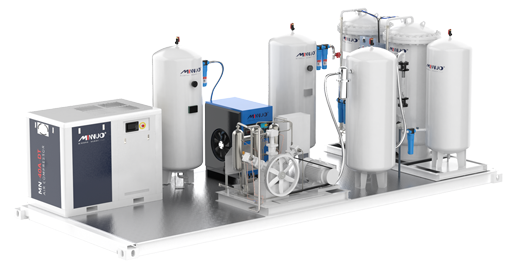
1. Core Principles and Industrial Applications of PSA Nitrogen Technology
As a key breakthrough in modern industrial gas separation, Pressure Swing Adsorption (PSA) nitrogen generation technology has become the preferred method for nitrogen production due to its energy efficiency. This technology leverages differences in the adsorption kinetics of carbon molecular sieves, achieving continuous nitrogen production through alternating adsorption-desorption cycles in a dual-tower system. When compressed air enters the adsorption tower, oxygen molecules, due to their faster diffusion rate, are preferentially adsorbed, while nitrogen is released at high purity. The system is controlled by a PLC-based intelligent control system that precisely adjusts pneumatic valve switches to ensure stable production of industrial nitrogen with a purity of over 99.5%.
PSA nitrogen technology not only provides high-purity nitrogen but also boasts advantages such as low energy consumption and low maintenance costs. As nitrogen demand increases, PSA technology has been widely adopted in industries that require high-purity nitrogen, such as electronics manufacturing, food packaging, and metallurgy. PSA nitrogen generation equipment has become a crucial component in their production processes.
2. Startup Procedures for the Nitrogen Generation System
The startup process for a PSA nitrogen system must strictly follow standardized operating procedures to ensure the safety and stability of the equipment. Below are the eight standardized steps for startup:
2.1 Key Pre-start Checks (6 Essential Verifications)
System Integrity Check:
Before startup, verify that all pipe connections are secure, and all valves are initially closed to prevent leaks that could affect system performance.
Power Supply Stability Check:
Ensure that the power supply is three-phase and that voltage fluctuations are within ±5% to guarantee the stability required for system operation.
Air Source Pre-treatment Check:
The exhaust pressure of the air compressor should be ≥0.9 MPa, and the refrigerated dryer should be pre-cooled for at least 8 minutes to effectively remove moisture from the air, preventing any impact on the adsorption efficiency of the molecular sieves.
Cooling Water Circulation Test:
For applicable models, check that the cooling water flow rate is greater than 2 m³/h and the inlet-outlet temperature difference is ≤5°C, ensuring proper cooling and preventing equipment overheating.
Safety Environment Evaluation:
Remove all flammable materials within a 2-meter radius of the equipment to ensure no accidents during the startup process.
Drainage System Check:
Ensure that the air storage tanks and oil-water separators are drained properly to prevent water or oil from affecting normal system operation.
2.2 Step-by-step Startup Procedures (Key Operational Points)
Compressor Startup:
Start the compressor without load, gradually increasing the pressure to 0.9 MPa. Then open the air storage tank valve to prepare for subsequent air source supply.
Purification System Activation:
After starting the refrigerated dryer, run it for 10 minutes to ensure complete moisture removal from the air. Then, activate the activated carbon filter to remove impurities from the air.
Buffer Tank Pressurization:
Once the system pressure reaches 0.8 MPa, open the intake valve of the adsorption tower, allowing compressed air to flow into the tower to begin the adsorption process.
Control System Power On:
Switch on the PLC power, press the start button, and observe the switching cycle of the solenoid valves, which usually lasts 45-60 seconds. Ensure that the system can switch according to the set cycle and smoothly transition into production.
Purity Analyzer Calibration:
During this step, take samples at 0.08 MPa pressure and control the flow rate at 0.5 L/min, calibrating the purity analyzer to ensure that nitrogen purity meets the required standards.
Trial Run and Debugging:
In the initial stage after startup, set the flow to 50% of the rated value. Once the system stabilizes and purity meets the standards, gradually increase the load to 100%.
Parameter Optimization and Adjustment:
Adjust the pressure regulator to ensure the system’s pressure remains stable at 0.5 MPa ± 0.02, optimizing nitrogen yield and purity for optimal equipment performance.
Official Production Start:
Once nitrogen purity meets the required standard, close the discharge valve and confirm that the oxygen content is below the set value (usually less than 3%), officially entering production.
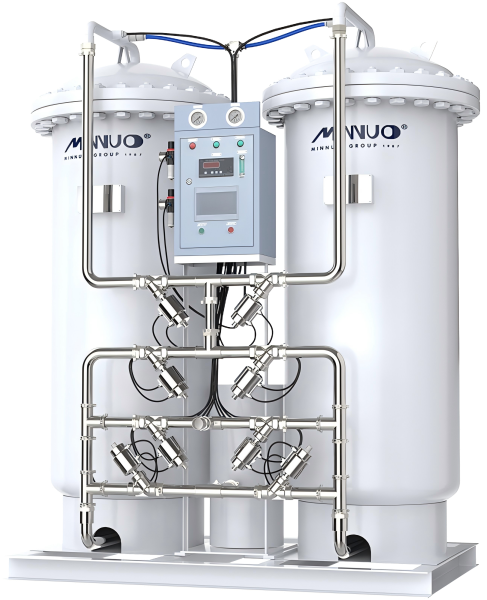
3. Nitrogen Generation System Safe Shutdown Procedures
To ensure the safety and longevity of the equipment, the shutdown process for the nitrogen system must also follow standardized procedures. Below are the seven standard steps for shutdown:
Disconnecting the Air Source:
Before shutdown, first turn off the compressor power and wait ≥30 seconds before closing the air discharge valve to avoid a sudden pressure drop.
Deactivating the Purification Unit:
After stopping the refrigerated dryer, wait for 5 minutes before cutting off the power to ensure complete drainage of moisture from the system.
Depressurizing the Adsorption Tower:
Close the intake valve and open the discharge valve until the pressure gauge reads zero, ensuring no residual gas remains in the tower.
Powering Down the Control System:
Turn off the PLC power and the main switch of the electrical control box to ensure the control system is properly powered down.
System Residual Discharge:
Open the drainage valve at the bottom of the air storage tank and filter, allowing at least 30 seconds for the removal of residual moisture and oil from the system.
Long-term Shutdown Handling:
For long-term shutdowns, empty all pipelines and provide nitrogen protection for the molecular sieve tower (maintaining pressure at 0.2 MPa) to prevent sieve degradation.
Maintenance Status Signage:
After shutdown, hang a “Maintenance In Progress” sign to prevent accidental equipment startup during maintenance.
4. Key Monitoring Indicators for Nitrogen Generation Equipment Operation
To ensure the long-term stable operation of the nitrogen generation system, several key indicators need to be monitored during operation. Below are eight essential parameters to check:
Pressure Fluctuation Monitoring:
The pressure differential of the adsorption tower should be less than 0.15 MPa. If this exceeds the value, check the aging condition of the molecular sieves to ensure efficient adsorption.
Air Source Quality Check:
If the filter differential pressure exceeds 0.1 MPa, replace the filter cartridge immediately to avoid contamination of the air source and degradation of nitrogen purity.
Nitrogen Purity Maintenance:
If the oxygen content fluctuates more than ±0.5%, the alarm system should be triggered to indicate an anomaly, which could affect the gas quality.
Flow Stability Control:
Instantaneous flow deviations should be controlled within 10% of the rated value to prevent large fluctuations from impacting nitrogen production efficiency.
Valve Action Verification:
The switching time error of pneumatic valves should be less than 0.5 seconds to ensure smooth airflow transitions and stable system operation.
Temperature Anomaly Warning:
If the temperature of the adsorption tower exceeds 50°C, inspect the cooling system to prevent equipment damage from overheating.
Energy Efficiency Analysis:
If the electrical consumption per unit of nitrogen increases by more than 15%, the system should be optimized to reduce operating costs.
Periodic Maintenance Reminder:
After every 2000 hours of operation, check the fill height of the molecular sieve tower to ensure that the settlement rate does not exceed 5%, maintaining system efficiency.
5. Why Choose MINNUO Nitrogen Generation Systems?
MINNUO, as a pioneer in PSA technology with over 30 years of industry experience, has established a strong global brand presence. Our nitrogen generation equipment offers several leading advantages:
Intelligent Interlocking Protection:
28 safety self-check programs prevent operator errors, ensuring safe and stable system operation.
Molecular Sieve Optimization Technology:
Using industry-leading molecular sieve optimization technology, nitrogen recovery is increased to 42%, significantly reducing production costs.
Modular Design:
Supports online maintenance, reducing downtime by 70%, and improving production efficiency.
Energy-efficient Certified Units:
ISO 8573-1 CLASS 0 oil-free certification ensures equipment operates under optimal energy conditions, reducing operating costs.
6. Conclusion
PSA nitrogen generation technology, with its efficiency, energy-saving, and environmentally friendly characteristics, has become the solution of choice for nitrogen production across industries. To ensure stable system operation, the standardized startup and shutdown procedures must be strictly followed, and key operational parameters should be monitored and maintained.
MINNUO nitrogen generation systems, backed by advanced technology and strong service support, provide customers with reliable and stable nitrogen supply, helping industries reduce costs and improve efficiency in their production processes.

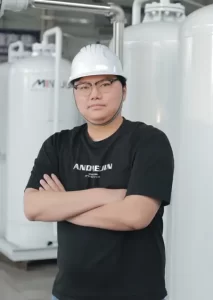
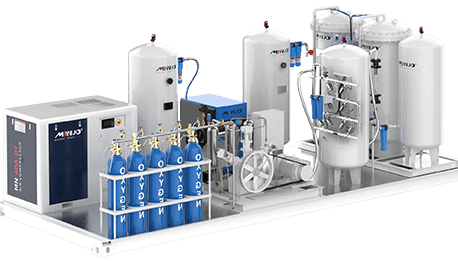
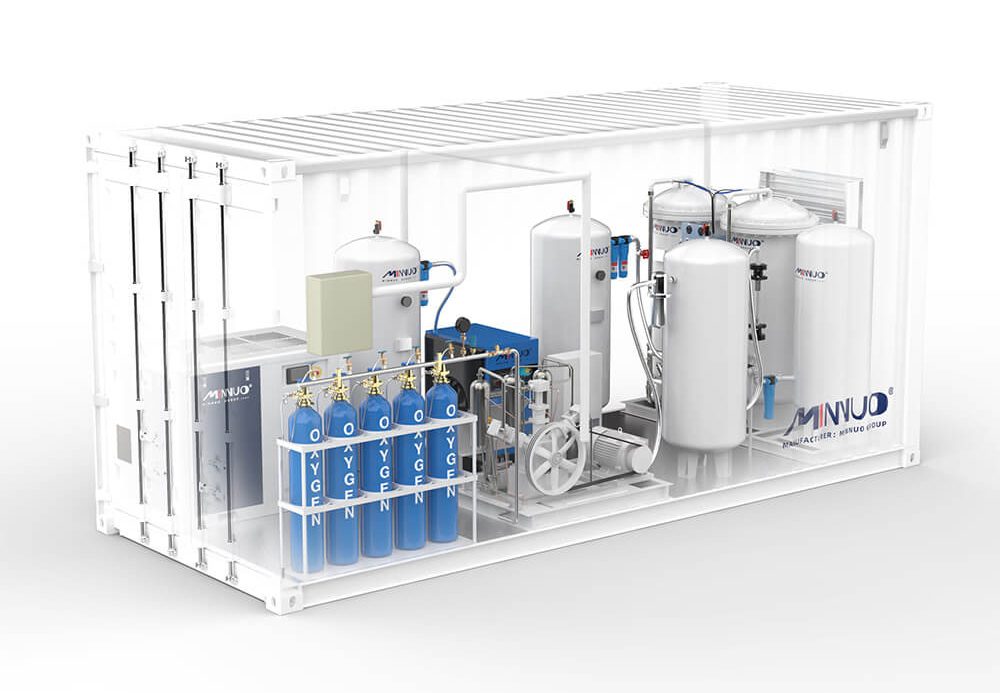
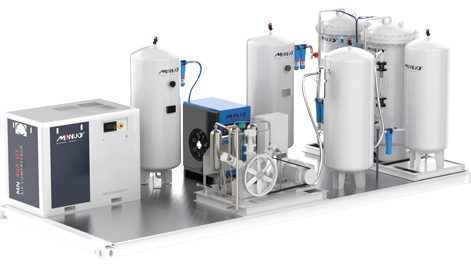

 sales1:+1 213 276 6245
sales1:+1 213 276 6245 


